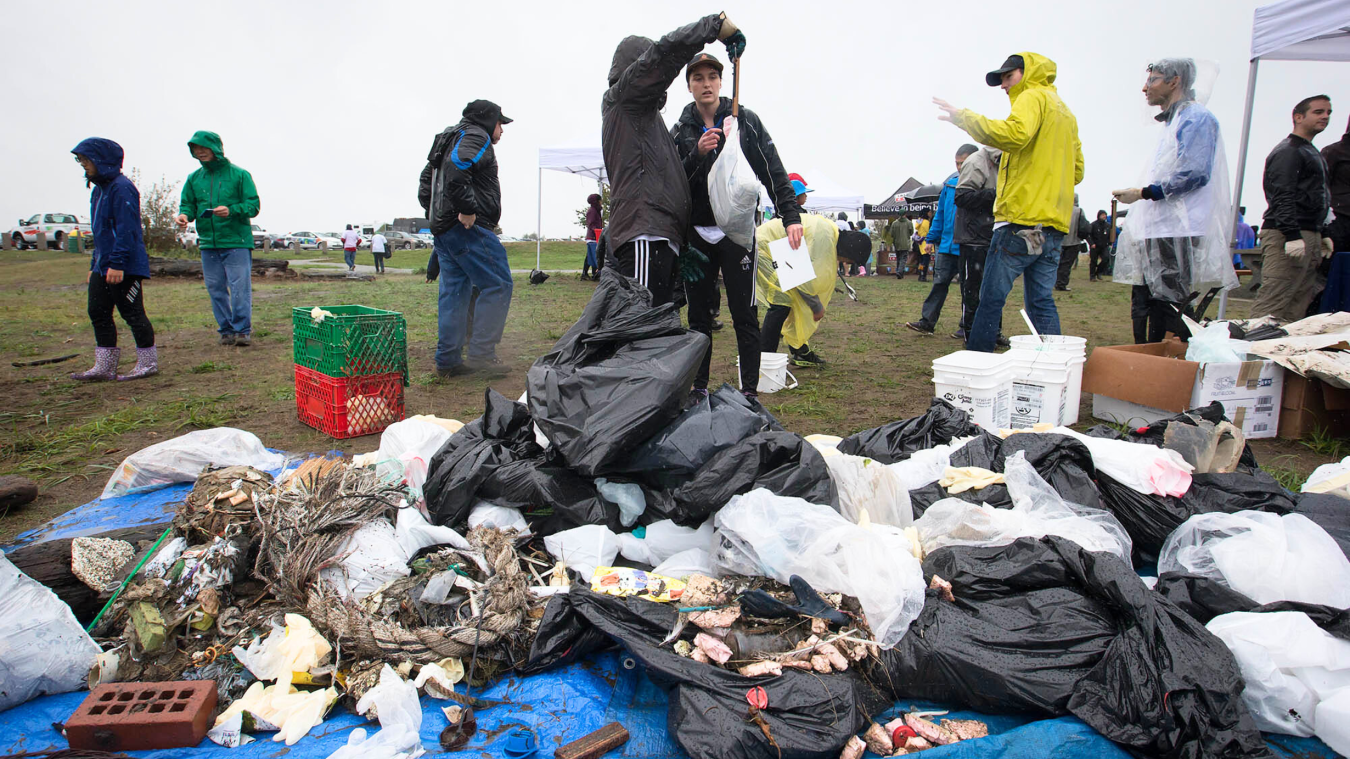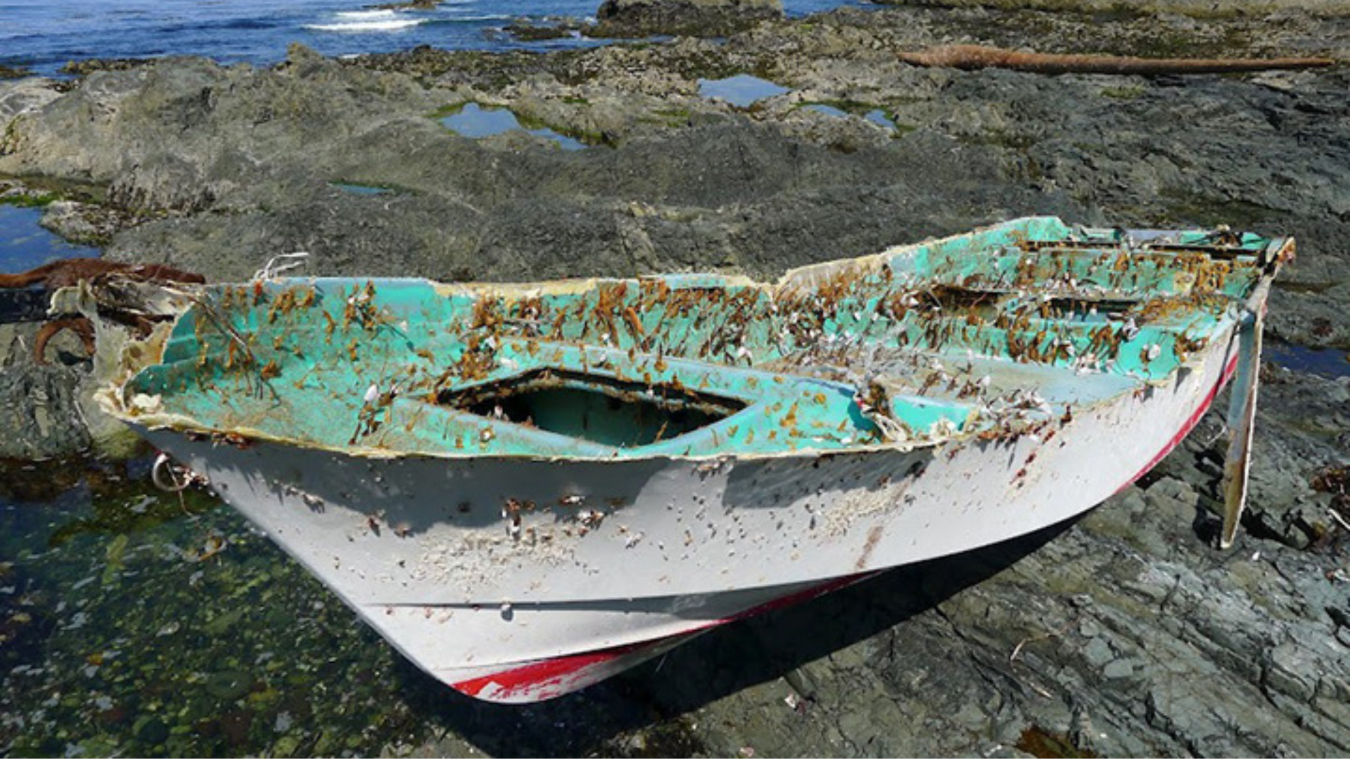
Last week, a Bill was introduced in the House of Commons that could make a real difference in addressing pollution in Canada’s marine waters.
Liberal Member of Parliament Patrick Weiler (West Vancouver-Sunshine Coast-Sea to Sky Country) introduced Private Member’s Bill C-244, the Clean Coasts Act. Although brief, the bill would help address two of the most common ocean-based sources of marine pollution:
- unintentional or negligent discharges of pollution, including Styrofoam from docks and derelict aquaculture infrastructure; and
- wrecked and abandoned vessels.
The amendments proposed by MP Weiler would close gaps in the legal framework that enable these types pollution in the first place.
How would these legal changes work, and why do we need them? We break it down below.
The Canadian Environmental Protection Act, 1999 and its gaps
The Canadian Environmental Protection Act, 1999 (CEPA) is one of Canada’s flagship environmental laws and is the only federal statute to broadly address pollution of the marine environment as a whole. Part 7, Division 3 of CEPA addresses ocean-based sources of marine pollution and contains prohibitions on marine dumping.
However, in 2018, the BC Provincial Court found that CEPA only prohibits the deliberate or intentional discharge of pollutants into Canadian waters, and does not prohibit unintentional or negligent discharges. As a result of this court decision, it is harder to legally address major sources of marine pollution that enter the ocean because of a lack of care or upkeep of marine infrastructure by their owners.
Examples of unintentional or negligent pollution include:
- Styrofoam from old decaying docks, which makes up an estimated 40-80% of debris washing up on the BC coast. Styrofoam is often too small to be cleaned up and easily absorbs toxins, passing them on to birds, marine mammals and fish who mistake the particles for food.
- Lost or abandoned gear from aquaculture industries, a major source of ocean and shoreline pollution. In 2022, the Association for Denman Island Marine Stewards reported removing 38 tonnes of garbage from the shorelines of Baynes Sound, 90% of which came from the shellfish industry. These pollutants can entangle marine mammals and contribute to microplastics in the water.
West Coast Environmental Law wrote about the BC Provincial Court decision at the time, and has been advocating for CEPA to be amended so that it specifically applies to both intentional and unintentional acts of marine pollution.
If such an amendment is made, a person who unintentionally polluted the marine environment would still be able to defend themselves if they can show they took reasonable measures to prevent the pollution from entering the water. For example, in this case of Styrofoam from decaying docks, such reasonable measures could include regular maintenance and replacement of the docks to prevent breakdown and decay.
CEPA already prohibits unintentional land and air pollution. Thus, this amendment would ensure Canada’s coastal waters have the same level of protection as on land.

Photo: Abandoned vessel found on Salt Spring Island, BC / NOAA Marine Debris Program (Flickr CC BY 2.0)
Wrecked or abandoned vessels
The Clean Coasts Act would also make amendments to Canada’s Wrecked, Abandoned or Hazardous Vessels Act (WAHVA). The federal government enacted WAHVA in 2019 to address the scourge of abandoned and derelict vessels in its coastal waters. These vessels are particularly an issue in coastal BC where an estimated 1400 abandoned or derelict vessels are awaiting clean-up.
WAHVA prohibits the owner of a vessel from abandoning it or allowing it to become a wreck, and imposes liability on the owner for the costs of cleaning it up. The amendments proposed in the Clean Coasts Act would also prevent an owner from transferring their title to the vessel to another person if they know that the person lacks the ability, resources or intention to maintain the boat and prevent it from becoming wrecked, abandoned or hazardous. This increase in liability to owners of vessels would hopefully lead to fewer vessels endangering our coastlines.
Conclusion
The Clean Coasts Act has just been introduced in the House of Commons and will need to go through the legislative process and gain the support of lawmakers in order to become law. But it promises to address two significant gaps in Canada’s marine pollution laws that could make a difference on the water in coastal British Columbia.
Coastal waters contain important ecosystems that Canadian communities rely on for their livelihoods and food security. As more sources of marine pollution emerge, it is critical that our legal framework be strong enough to properly address them and hold polluters accountable.
Top photo: Volunteers and organizers gather on Iona Beach in Richmond, BC to participate in a shoreline cleanup event / Province of BC via Flickr Creative Commons